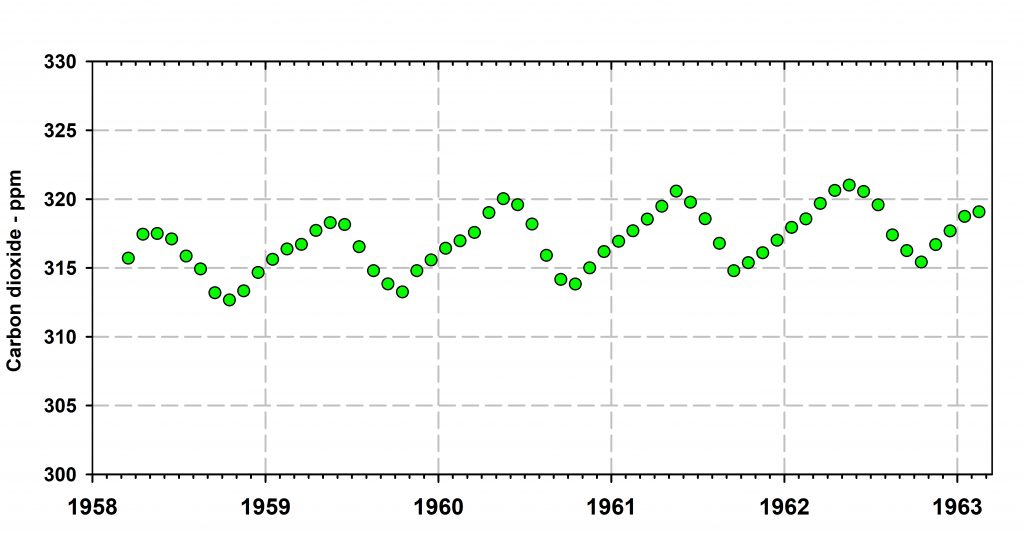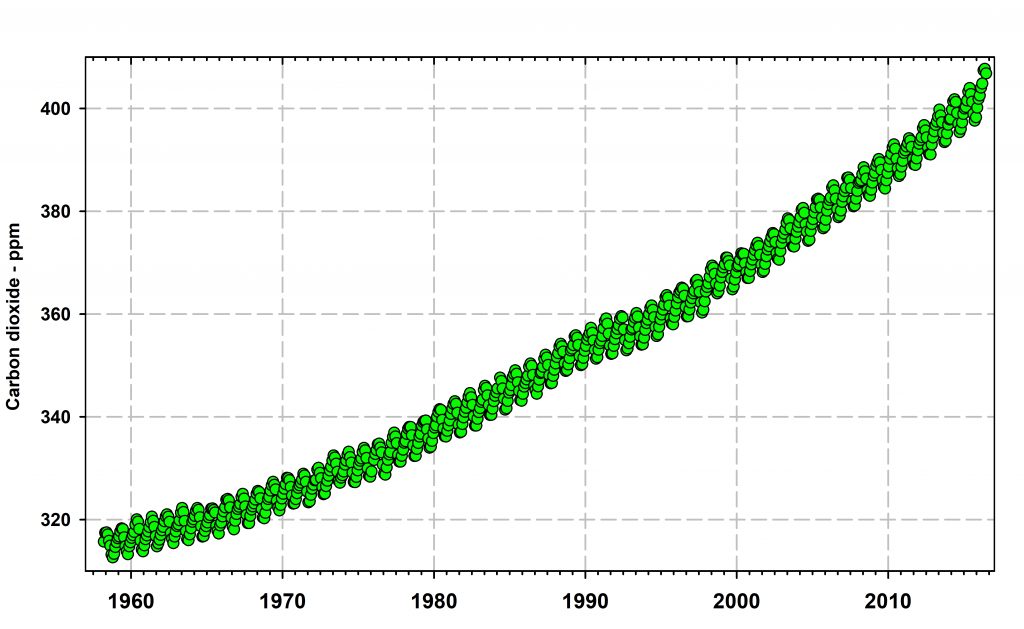This is a short story of a very local event that illustrates far too well the improvements we have to seek in our political systems. The British Columbia government has just approved the continuation of construction of the Site C dam on the Peace River in Northern British Columbia. The project was started in 2015 by the previous Liberal (conservative) government with an $8 billion price tag and with no (yes NO) formal studies of the economic, geological or environmental consequences of the dam, and in complete opposition by most of the First Nations people on whose traditional land the dam would be built. Fast forward 2 years, a moderate left-wing government takes over from the conservatives and the decision is now in their hands: do they carry on with the project, $2 billion having been spent already, or stop it with an additional $1-2 billion in costs to undo the damage to the valley from work already carried out? 2000 temporary construction jobs in the balance, the government in general pro-union and pro the working person rather than the 1%. They decided to proceed with the dam.
To the government’s credit it asked the Utilities Commission to prepare an economic analysis of the project in a very short time, but to make it simpler (?) did not allow the Commission to consider in its report environmental damage, climate change implications, greenhouse gas emissions, First Nations rights, or the loss of good agricultural land. Alas, that pretty well leaves out most things an ecologist would worry about. The economic analysis was sitting on the fence mostly because the question of the final cost of Site C is an unknown. It was estimated to be $8 billion, but already a few days after the government’s decision it is $10.5 billion, all to be paid by the taxpayer. If it is a typical large dam, the final overall cost will range between $16 to $20 billion when the dam is operational in 2024. The best news article I have seen on the Site C decision is this one by Andrew Nikiforuk:
https://thetyee.ca/Opinion/2017/12/12/Pathology-Site-C/
Ansar et al. (2014) did a statistical analysis of 245 large dams built since 1934 and found that on average actual costs for large dams were about twice estimated costs, and that there was a tendency for larger dams to have even higher than average final costs. There has been little study for Site C of the effects of the proposed dam on fish in the river (Cooper et al. 2017) and no discussion of potential greenhouse gas emissions (methane) released as a result of a dam at Site C (DelSontro et al. 2016). The most disturbing comment on this decision to proceed with Site C was made by the Premier of B.C. who stated that if they had stopped construction of the dam, they would have to spend a lot of money “for nothing” meaning that restoring the site, partially restoring the forested parts of the valley, repairing the disturbance of the agricultural land in the valley, recognizing the rights of First Nations people to their land, and leaving the biodiversity of these sites to repair itself would all be classed as “nothing” of value. Alas our government’s values are completely out of line with the needs of a sustainable earth ecosystem for all to enjoy.
What we are lacking, and governments of both stripes have no time for, is an analysis of what the alternatives are in terms of renewable energy generation. Alternative hypotheses should be useful in politics as they are in science. And they might even save money.
Ansar A, Flyvbjerg B, Budzier A, Lunn D (2014). Should we build more large dams? The actual costs of hydropower megaproject development. Energy Policy 69, 43-56. doi: 10.1016/j.enpol.2013.10.069
Cooper AR, et al. (2017). Assessment of dam effects on streams and fish assemblages of the conterminous USA. Science of The Total Environment 586, 879-89. doi: 10.1016/j.scitotenv.2017.02.067
DelSontro T, Perez KK, Sollberger S, Wehrli B (2016). Methane dynamics downstream of a temperate run-of-the-river reservoir. Limnology and Oceanography 61, S188-S203. doi: 10.1002/lno.10387

